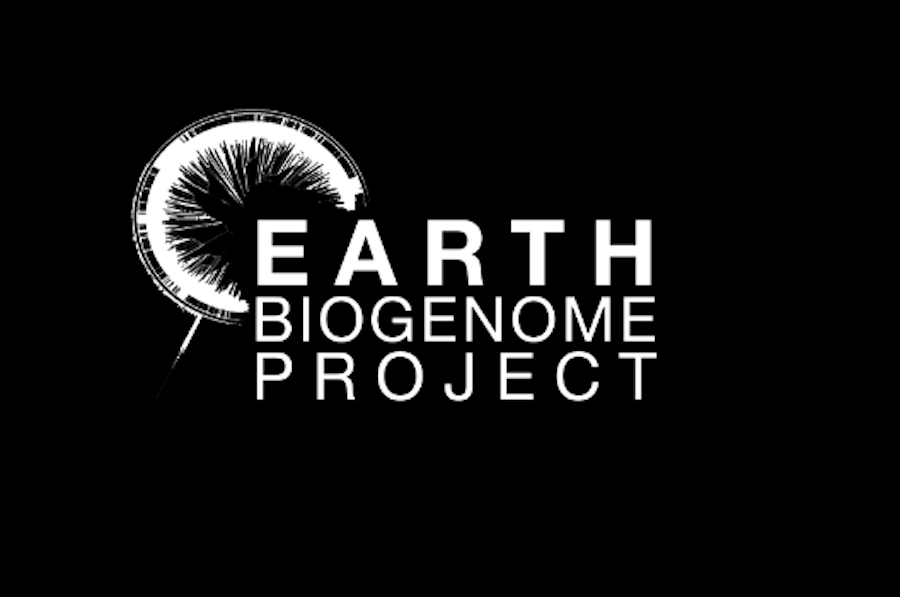
The Earth BioGenome Project will sequence the genome of all eukaryotic species on Earth
Fifteen years after the conclusion of the Human Genome Project, scientists are proposing an ambitious sequel: the Earth BioGenome Project. The EBP is a large-scale effort to sequence the genome of not just a singular species, but of all eukaryotic species on Earth.
On April 23, 2018, a coalition of scientists spanning multiple countries released a proposal at the Proceedings of the National Academy of Sciences describing their vision for the EBP.
Characterizing the project as “a moonshot for biology that aims to sequence, catalog, and characterize the genomes of all of Earth’s eukaryotic biodiversity” the paper estimates a total project duration of 10 years with a cost of US $4.7 billion.
The project is possible due to a significant reduction in genome sequencing costs over the past years. In contrast, the Human Genome Project, which determined the DNA sequence of only a single species (humans, as the name aptly suggests) cost a total of US $4.8 billion.
The EBP also has close ties to UC Davis: its chairman is a faculty member in the university’s Evolution and Ecology department.
“We are well-known as a center for biological, environmental and medical research,” said Andy Fell, STEM news and media relations specialist at UC Davis. “This [project] certainly helps to build on our reputation as a major center for research in biology, medicine and genomics.”
“Through the project, we expect that we will discover new sources of food and food proteins from different species of animals and plants,” said Harris Lewin, chairman of the EBP and Vice Chancellor for Research, professor of Evolution and Ecology and Robert & Rosabel Osborne Endowed chair at the University of California, Davis. “In addition, we expect to discover new medicines derived from various plants and botanicals.”
“Plants and less complex eukaryotes make a ton of natural products that we can’t,” said Pradnya Narkhede, a senior studying chemistry and biochemistry at The University of Chicago. “And a lot of them have therapeutic uses.”
According to Narkhede, who has been conducting genetics and genomics research over the past five years at UCSF, UChicago and the Blaustein Institutes for Desert Research, one such example is paclitaxel, a chemotherapy drug used to treat lung, ovarian and breast cancer.
Narkhede also pointed out opportunities for agricultural advancement. Many plants produce their own pesticides as protection against insect predators. Studying the genome of various plant species can allow scientists to figure out the pathways corresponding to the synthesis of naturally-occurring pesticides. Using this information, we can then genetically engineer crops so that they can produce a variety of their own pesticides, rather than having to spray additional human-made pesticides on them.
“Basically, there are a lot of big ways that sequencing, assembling, annotating and analyzing genomes can help us humans,” Narkhede said.
Analysis of a wide variety of genomes also allows us to develop better conservation strategies for rare and endangered species.
“This is important for everyone, because our ecosystems are dependent on biodiversity,” said Lewin. “If that biodiversity disappears, entire ecosystems could collapse.”
With the ever-increasing effects of climate change, developing conservation strategies for the most at-risk species is crucial.
“Because climate change is happening so quickly now, species are not able to adapt fast enough,” Lewin said. Knowing the genetic markers for important characteristics such as drought resistance and tolerance towards increasing temperatures gives conservation biologists a vital tool to create strategic breeding programs. These programs involve carefully selecting and breeding only those individuals of a species whose offspring stand the best chance of survival in the changing climate.
The EBP will focus specifically on sequencing eukaryotic genomes. While there are already existing programs that focus on prokaryotes, such as the Human Microbiome Project, there has not yet been a massive, concentrated effort in sequencing the genomes of eukaryotic species.
In addition, eukaryotes are more critical to study, according to Dr. Lewin. Out of an estimated 15 million eukaryotic species on the planet, we are aware of approximately 1.5 million. And out of those 1.5 million species, we have sequenced the genomes of about only 2500.
“There’s just so much out there, and now we have technology to do this at a reasonable cost and in a reasonable time frame,” Lewin said.
The Amazon Bank of Codes and the World Economic Forum have partnered with the EBP to kick-start a pilot program in Brazil. Brazil is home to about 10 percent of the planet’s biodiversity, making it an ideal place to start the project. If successful, the pilot program will pave the way for future efforts in regions comparable to Brazil in biodiversity.
Scientists are still in the process of developing the pilot program. Other countries such as China, the UK and Chile have also started planning programs to contribute to the EBP. Saudi Arabia has expressed an interest in being a participating nation as well.
“It’s all coming together,” Lewin said.
The success of the EBP is reliant on countries cooperating with one another and being committed to collecting and sharing their data with the global public freely and openly.
“What we have is a memorandum of understanding,” Lewin said. “Any institution or country that signs it is committed to the principles of open access to the data.” Countries that disagree with these principles will not be considered as part of the EBP.
Lewin acknowledges the challenges of maintaining a project of such breadth and scope, but he is eager to see what lies ahead.
“It’s very exciting to be at this stage, considering it was just an idea a couple years ago,” Lewin said. “Now it’s really becoming real and that’s very exciting to me and all the scientists that are working on this.”
Written By: Nausheen Sujela — science@theaggie.org


